Carrots: Everything You Need to Know
While you may already know that carrots are said to help maintain good eye health, did you happen to realize that they are good for you in so many other ways?
That’s because carrots are filled with vitamins and several other nutrients, making them an excellent snack for dieters. Bugs Bunny certainly can’t seem to get through an entire episode without one and look how fit and rascally he is. Let’s keep reading to discover carrots: everything you need to know.
Beef stew certainly wouldn’t be a complete dish without them, and just imagine living in a world where carrot cake topped with cream cheese icing wasn’t a thing. Sounds horrific, we know. We’ll share everything you need to know about carrots and why they should be more a part of your regular diet.
Fun Facts About Carrots: Everything You Need to Know
Although carrots have been cultivated for well over 5,000 years, they weren’t always orange like you would imagine. They were typically purple, yellow and white, but later on in the 17th century the Dutch began developing them into the first orange carrots.
Did you know that the state of Washington ranks first in the production of processed carrots while coming in fourth for the production of fresh carrots? From a state with two wildly different climates, this comes as a surprising fact.
Baby carrots that you buy at the grocery store don’t come that way. The carrots are rubbed and rounded down to the size and shape you most enjoy eating. This is where I buy my garden seeds: SeedsNow
Types of Carrots
When you picture a carrot, orange is probably the first color that comes to mind. Yet there are several different colors of carrots out there, some of which are purple, white, yellow, red, and black. You can also divide carrots into different categories based on their shape. Here’s a look at the most common types.
Danvers
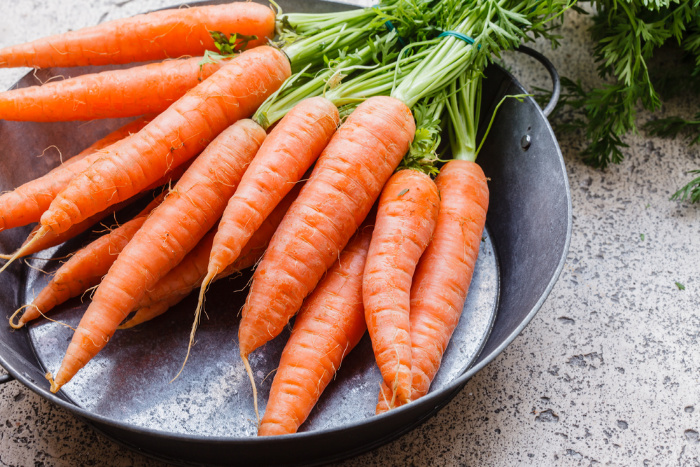
When you stop and think of what a carrot looks like, you’re probably picturing a Danvers. Danvers is a long and skinny variety that feature a fairly sharp point as shown above. They can tolerate poor soil conditions and can come in different shades of color. Yellowstone is the preferred carrot that comes from this type.
Imperator
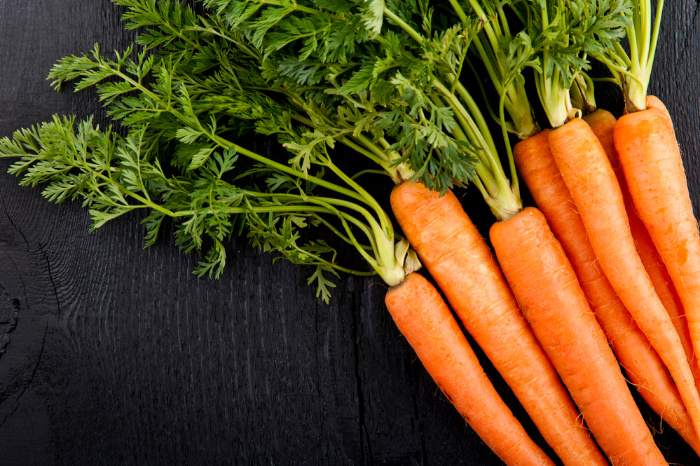
The imperator carrot is fairly similar to the Danvers, but thicker in width and also contains a higher sugar content. This type is more commercially grown and one you’re sure to find at your local grocery store. Cosmic Red, Sugarsnax 54 and Japanese Imperial Long are a few notable ones.
Nantes
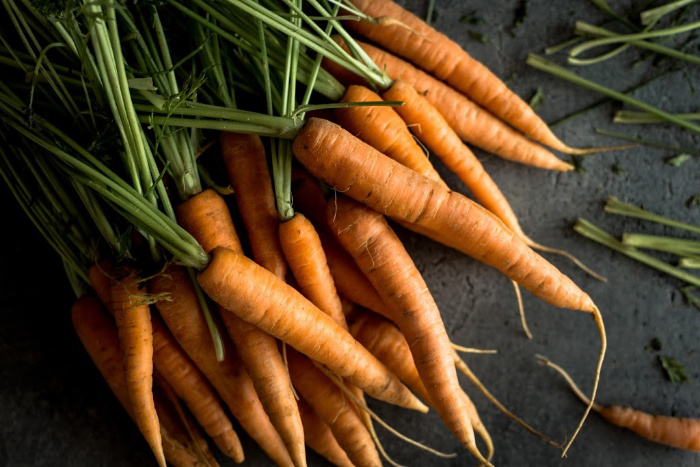
The Nantes carrot is almost completely cylinder in shape, from top to tip. The flesh has more of a red hue to it, with a sweeter taste and grows far more rapidly than most other carrots. Napa, Napoli, White Satin, and Touchon are a few favorites.
Ball or Mini
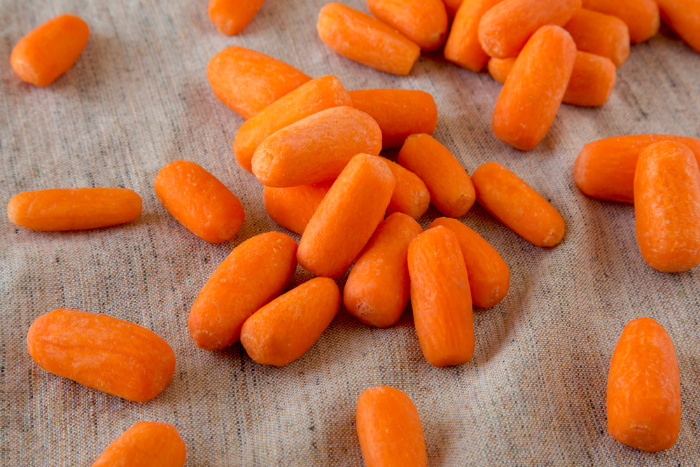
Ball or mini carrots are fairly similar in shape to a radish, only about 3 to 4 inches in length. You’ll also notice a unique circle-shaped pattern on the inside. The Romeo, Paris Market, and Babette are a few of the preferred varieties.
Chantenay
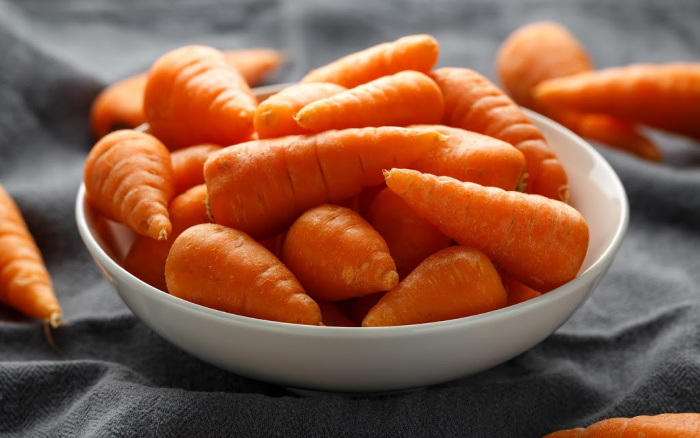
The Chantenay carrot is both broad and short, reaching only 6 to 7 inches long. You don’t want to harvest them too late, or their taste isn’t so desirable. Some popular varieties include the Hercules, Red-Cored Chantenay, and the Carson Hybrid.
Nutritional Facts
As we’ve mentioned a number of times already, carrots contain plenty of important vitamins and nutrients that your body needs. Raw carrots have fiber, Vitamins A, K1, B6, along with potassium, and Biotin.
They also have antioxidant compounds including, Beta-Carotene, Alpha-Carotene, Lutein, Lycopene (red and purple carrots), Polyacetylenes and Anthocyanins. All of these work together to provide several health benefits that are as follows:
Health Benefits
Eyesight
Carrots contain vitamin A, which helps with any deficiencies your eyes may be experiencing. With this vitamin, and several other antioxidants that are present in carrots, they are thought to also help with preventing macular degeneration.
Cancer
With the presence of vitamin A and dietary carotenoids, which include Lutein and zeaxanthin, carrots are thought to help reduce the chances of getting lung cancer, prostate cancer, and leukemia.
Digestive Health
Foods that contain high amounts of fiber, like carrots, go a long way in helping promote good gut health. They are also said to help decrease the chances of colon cancer.
Diabetes
People that suffer from diabetes are encouraged by their doctors to eat snacks, such as carrots. The fiber in them may also help prevent type 2 diabetes.
Blood Pressure
Carrots have fiber and potassium in them, which helps with regulating blood pressure. Eating them reduces the risks of high blood pressure, and also helps in preventing major cardiovascular problems.
Immune System
Vitamin C helps with the production of collagen, which helps the body fight diseases, helps with wound healing, and works on keeping the body healthier.
Improves Bone Health
Carrots have vitamin K in them, along with calcium and phosphorus. All of these work together to improve bone health, and could even help prevent osteoporosis.
Eating Them Raw vs Cooked
While most vegetables lose some of their nutrients after they have been cooked, carrot’s nutrients actually work the other way around.
That’s because when they are fully cooked, they release more of what is called beta-carotene, an antioxidant that is then converted into Vitamin C. This vitamin has proved effective in benefiting our eyes and also strengthening the immune system.
This doesn’t mean that you can’t still enjoy them raw, as there are still plenty of nutrients. Carrots simply taste good raw, because they contain more sugar content in them than any other vegetable. They taste delicious along with dressing, hummus, and blue cheese.
Health Concerns
While carrots are certainly good for you, eating too many may cause your skin to come across more of a yellowish-orange color. You shouldn’t have to worry about anything fatal by eating too many, unless you have consumed up to 39 pounds of them. Then you’d have a problem.
Everything You Need to Know Series:
- Cucumbers: Everything You Need to Know
- Kale: Everything You Need to Know
- Broccoli: Everything You Need to Know
- Mushrooms: Everything You Need to Know
- Lettuce: Everything You Need to Know
- Carrots: Everything You Need to Know
- Tomatoes: Everything You Need to Know
- Potatoes: Everything You Need to Know
Final Word
Was there anything in this article that surprised you on the benefits of carrots? What are some of your favorite recipes that includes as one of the main ingredients carrots? Everyone needs fruits and vegetables in their daily diet. Let’s try and grow our own food, carrots are so easy to grow. May God bless this world, Linda
If you are interested in planting a garden, check out these months to get started.
- What to Plant in March
- What to Plant in April
- What to Plant in May
- What to Plant in June
- What to Plant in July
- What to Plant in August
- What to Plant in September
- What to Plant in October
- What to Plant in January
- What to Plant in February
Copyright Images: Carrots-Nantes AdobeStock_209901964, Carrots-Imperators Depositphotos_42580901_s-2019, Carrots Danvers Depositphotos_108909602_s-2019, Carrots Baby Depositphotos_256277238_s-2019, Carrots Chantenay AdobeStock_289756840 by Grinch, Carrots AdobeStock_291017375 by New Africa

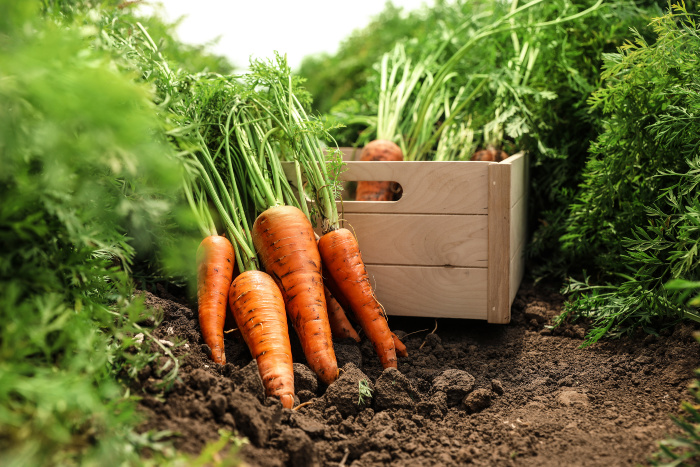

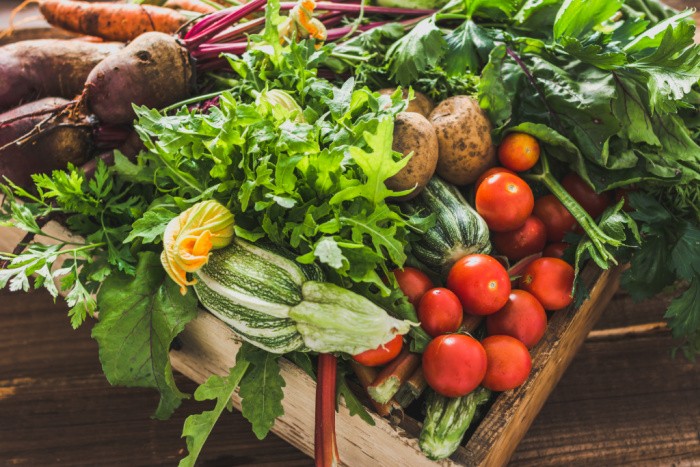

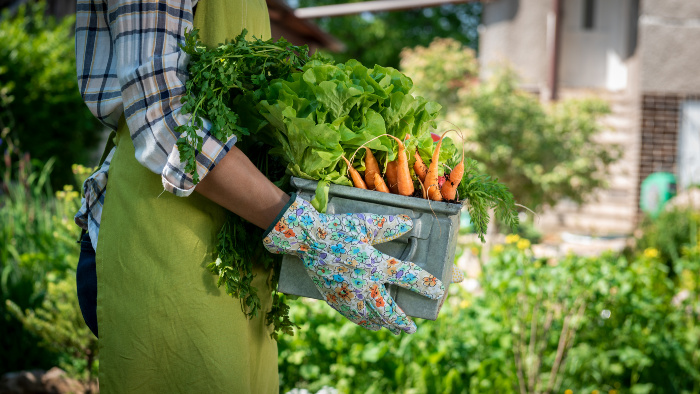
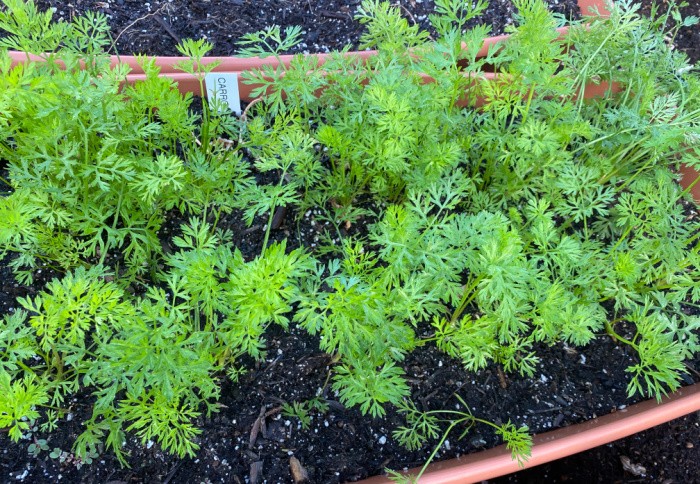
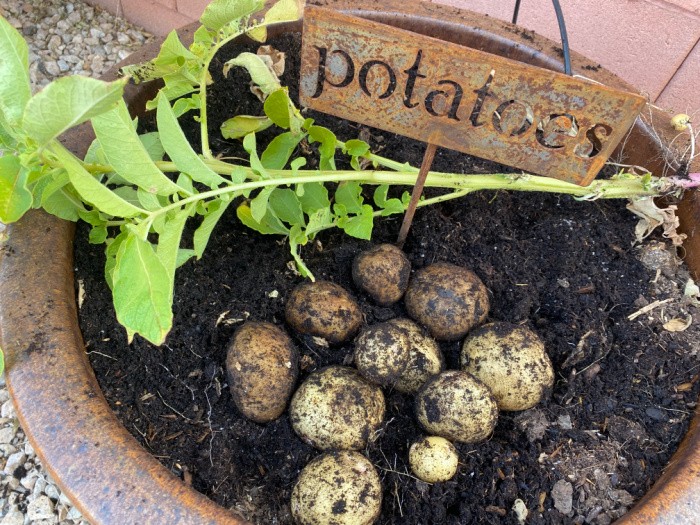
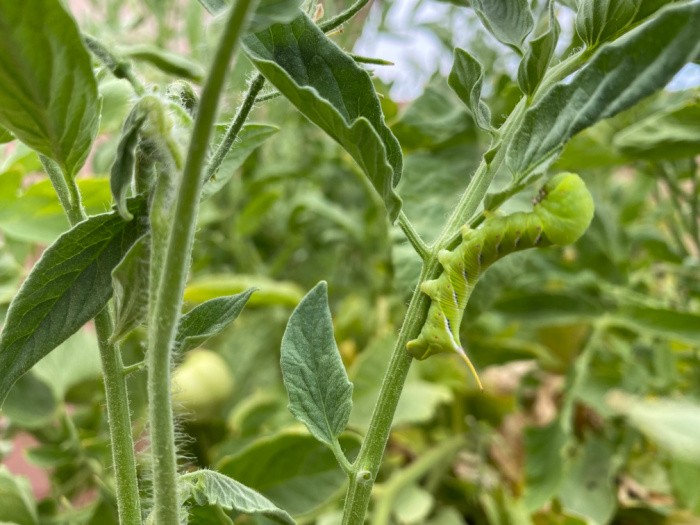












Carrots were something my mother never had to worry about my eating–as long as they were raw! I’ll still make a good snack of a carrot fresh from the garden, dusted off on my pants (and the greens fed to a horse!) But I discovered a recipe in my old Boston Cookng School Cook Book that even this inveterate raw carrot lover fell for (and easy, too–who couldn’t love a 2-ingredient recipe!):
Carrots Huntington
4 cups carrots, cut in 1 1/2″ strips
1/2 cup butter
Melt butter in heavy pan. Add carrots, turning over and over until well-coated with butter. Cover and cook slowly until tender (about 35 minutes). Turn occasionally. Season to taste. [I assume this feeds 4–at least it generously fed the two of us when halved!]
I’ve also chopped fresh carrot greens and added to long-cooking soups or stews.
Hi Rhonda, oh my gosh, 1/2 cup butter sounds heavenly with fresh carrots! I’m having this for lunch!! I love hearing about old recipes!!!! Thank you! Linda
While not a carrot fanatic, I don’t like them raw, but I like eating them stir fried or well steamed, but I love them when cooked in a stew or with a roast. Like potatoes they get soft and after soaking and stewing in the meats juices they are so good I love to just eat them (and the potatoes, celery, onions) with white rice.
Just a note to dog owners, dogs love them because they are sweet and it’s good for them.
Hi Frank, I like carrots dipped in Ranch dressing! I’ve never stir-fried them, now I’m going to shred them add them to my stir-fry meals. There’s nothing better than a roast with carrots, onions, and potatoes soaked in the meat juices, right???? Love it! Linda
Carrot tops can be dried and used later in a stew or other such soups.
Hi Chester, why didn’t I think of that??? Now I need to dry the carrot tops! Great tip! Linda